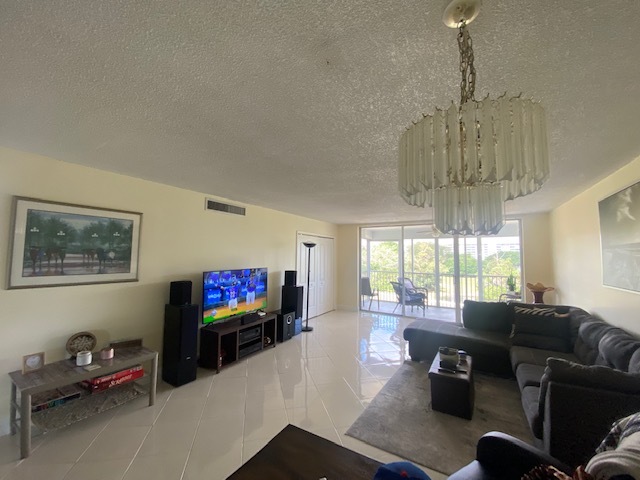Singapore’s property market has long been a focal point of interest for both local and international investors. From its modest beginnings to becoming one of the world’s most sought-after real estate markets, the evolution of property investment strategies in Singapore reflects broader economic, social, and political changes. Understanding this evolution offers valuable insights into how investors can navigate this dynamic landscape today.
Early Beginnings: The 1960s to 1980s
In the early days of Singapore’s independence, property investment was primarily driven by government-led initiatives aimed at improving housing conditions. The Housing and Development Board (HDB) was established in 1960 to address the acute housing shortage, leading to the mass construction of public housing.
During this period, property investment was largely focused on residential properties. Investors typically sought HDB flats and private residential properties, anticipating that the rapid economic growth and urbanization would drive up property values. This era was characterized by a relatively straightforward investment strategy, centered on purchasing and holding residential properties for capital appreciation.
The 1990s: Market Liberalization and New Opportunities
The 1990s marked a significant shift in Singapore’s property investment landscape. The government began to liberalize the property market, introducing measures to attract foreign investors and encourage private sector participation. This period saw the emergence of new investment opportunities, including the development of commercial and industrial properties.
The introduction of the Property Market Development Act in 1996 allowed for greater flexibility in property transactions, paving the way for increased foreign investment. Investors began to diversify their portfolios, exploring opportunities in commercial real estate, such as office buildings and shopping malls. The growth of the finance and technology sectors also spurred interest in industrial properties, as businesses sought modern facilities to support their operations.
The 2000s: A Time of Speculation and Regulation
The early 2000s were characterized by a period of rapid property price increases, driven by speculation and strong economic growth. The introduction of new technologies and the globalization of the economy contributed to a booming real estate market. Investors were attracted by the prospect of high returns, and property speculation became a common strategy.
However, this period of exuberance was not without its challenges. In response to the overheating market, the government implemented a series of cooling measures to curb speculative activities and maintain market stability. The introduction of the Seller’s Stamp Duty in 2006, for instance, aimed to discourage short-term flipping of properties.
Investors during this era had to adapt to a more regulated environment, focusing on longer-term investment strategies and emphasizing the importance of thorough market research. The emphasis shifted from speculative gains to sustainable growth and capital preservation.

The 2010s: Sustainability and Smart Investing
As Singapore entered the 2010s, the property market continued to evolve, with a growing emphasis on sustainability and smart investing. The government introduced the Concept Plan 2011, which outlined a vision for a sustainable and resilient city. This plan influenced property development, with a focus on green buildings, energy efficiency, and innovative design.
The rise of smart technologies also transformed property investment strategies. Investors began to seek properties with advanced technological features, such as smart home systems and energy-efficient appliances. The concept of “smart investing” gained traction, with investors looking for properties that offered both environmental and economic benefits.
The decade also saw the emergence of real estate investment trusts (REITs) as a popular investment vehicle. REITs allowed investors to gain exposure to a diversified portfolio of income-generating properties without the need for direct ownership. This approach provided a more flexible and liquid way to invest in real estate, catering to a broader range of investors.
The 2020s: Resilience and Adaptation in a Changing World
The COVID-19 pandemic of 2020 brought unprecedented challenges to the global property market, and Singapore was no exception. The pandemic underscored the importance of resilience and adaptability in property investment strategies. With remote work becoming the norm and shifting demands for space, investors had to reassess their approaches.
The residential market saw increased interest in properties with larger living spaces and proximity to nature. The demand for suburban and waterfront properties surged as people sought more space and a better quality of life. Investors began to focus on properties that could cater to evolving lifestyle preferences, such as homes with dedicated home office spaces or access to outdoor amenities.
On the commercial front, the pandemic accelerated the trend towards digital transformation and remote work. This shift had implications for office space requirements and the future of retail properties. Investors had to navigate a more complex landscape, balancing traditional commercial investments with emerging opportunities in sectors such as e-commerce and logistics.
Looking Ahead: Trends and Future Directions
As Singapore moves forward, several key trends are likely to shape the future of property investment strategies. The focus on sustainability and environmental, social, and governance (ESG) factors will continue to influence investment decisions. Properties that align with green building standards and contribute to a sustainable urban environment are expected to be increasingly attractive.
The rise of technology will also play a significant role. Innovations in property technology (prop-tech) are set to transform the way properties are managed and valued. Investors will need to stay informed about technological advancements and their potential impact on the real estate market.
Additionally, demographic shifts and evolving lifestyle preferences will drive demand for different types of properties. Investors who can anticipate and adapt to these changes will be well-positioned to capitalize on emerging opportunities. If you are interested in learning more about the property market, you may visit Singapore Property Market for further info.
Conclusion
The evolution of property investment strategies in Singapore reflects the country’s dynamic economic and social landscape. From the early days of public housing to the sophisticated, technology-driven market of today, investors have had to navigate a constantly changing environment. By understanding historical trends and staying attuned to emerging developments, investors can make informed decisions and capitalize on the opportunities that Singapore’s property market has to offer.
